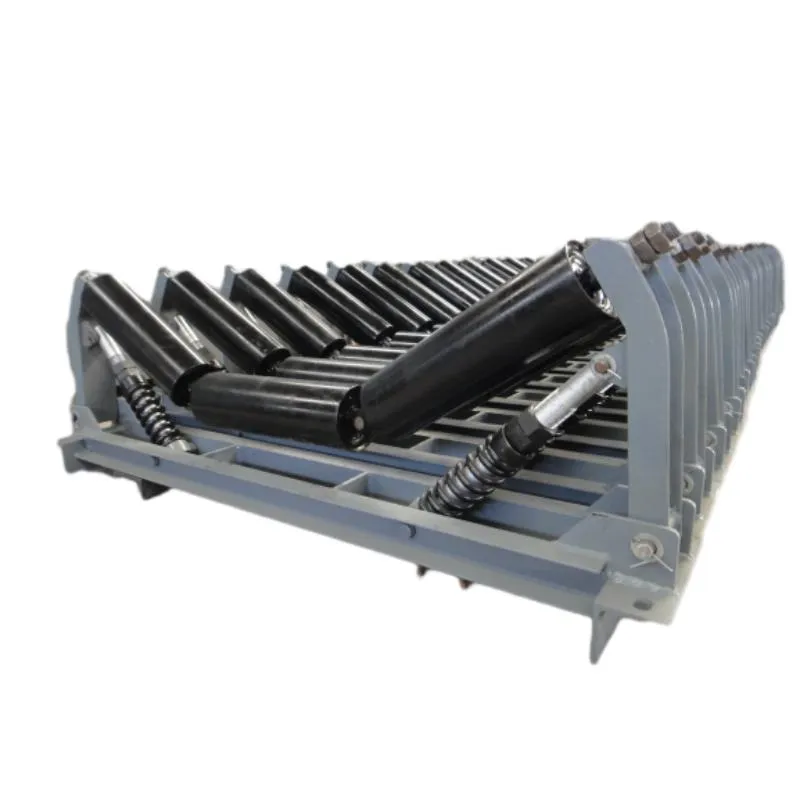 Afrikaans
Afrikaans  Albanian
Albanian  Amharic
Amharic  Arabic
Arabic  Armenian
Armenian  Azerbaijani
Azerbaijani  Basque
Basque  Belarusian
Belarusian  Bengali
Bengali  Bosnian
Bosnian  Bulgarian
Bulgarian  Catalan
Catalan  Cebuano
Cebuano  Corsican
Corsican  Croatian
Croatian  Czech
Czech  Danish
Danish  Dutch
Dutch  English
English  Esperanto
Esperanto  Estonian
Estonian  Finnish
Finnish  French
French  Frisian
Frisian  Galician
Galician  Georgian
Georgian  German
German  Greek
Greek  Gujarati
Gujarati  Haitian Creole
Haitian Creole  hausa
hausa  hawaiian
hawaiian  Hebrew
Hebrew  Hindi
Hindi  Miao
Miao  Hungarian
Hungarian  Icelandic
Icelandic  igbo
igbo  Indonesian
Indonesian  irish
irish  Italian
Italian  Japanese
Japanese  Javanese
Javanese  Kannada
Kannada  kazakh
kazakh  Khmer
Khmer  Rwandese
Rwandese  Korean
Korean  Kurdish
Kurdish  Kyrgyz
Kyrgyz  Lao
Lao  Latin
Latin  Latvian
Latvian  Lithuanian
Lithuanian  Luxembourgish
Luxembourgish  Macedonian
Macedonian  Malgashi
Malgashi  Malay
Malay  Malayalam
Malayalam  Maltese
Maltese  Maori
Maori  Marathi
Marathi  Mongolian
Mongolian  Myanmar
Myanmar  Nepali
Nepali  Norwegian
Norwegian  Norwegian
Norwegian  Occitan
Occitan  Pashto
Pashto  Persian
Persian  Polish
Polish  Portuguese
Portuguese  Punjabi
Punjabi  Romanian
Romanian  Russian
Russian  Samoan
Samoan  Scottish Gaelic
Scottish Gaelic  Serbian
Serbian  Sesotho
Sesotho  Shona
Shona  Sindhi
Sindhi  Sinhala
Sinhala  Slovak
Slovak  Slovenian
Slovenian  Somali
Somali  Spanish
Spanish  Sundanese
Sundanese  Swahili
Swahili  Swedish
Swedish  Tagalog
Tagalog  Tajik
Tajik  Tamil
Tamil  Tatar
Tatar  Telugu
Telugu  Thai
Thai  Turkish
Turkish  Turkmen
Turkmen  Ukrainian
Ukrainian  Urdu
Urdu  Uighur
Uighur  Uzbek
Uzbek  Vietnamese
Vietnamese  Welsh
Welsh  Bantu
Bantu  Yiddish
Yiddish  Yoruba
Yoruba  Zulu
Zulu drive pulley and driven pulley
Understanding Drive Pulley and Driven Pulley A Comprehensive Overview
In the realm of mechanical engineering and industrial applications, the concepts of drive pulleys and driven pulleys play a crucial role in the efficient transfer of power and motion. These components are integral to various systems, from simple belt-driven machines to complex conveyor frameworks. Understanding their functions, applications, and the mechanics behind them is essential for anyone involved in engineering or mechanical design.
What are Drive and Driven Pulleys?
A drive pulley is the component of a pulley system which is powered by a motor or another source of motion. It serves as the initiator of movement, converting electrical or mechanical energy into rotary motion. The drive pulley is typically connected to a power source, such as an electric motor, and its rotation is what drives the entire system.
Conversely, a driven pulley is any pulley connected to the drive pulley, and it is driven by the motion of the drive pulley. The driven pulley receives energy from the drive pulley, resulting in the transmission of power to various components of the machine, whether they are other pulleys, belts, or directly connected machinery. Together, these two types of pulleys create a mechanical advantage, allowing for efficient power transfer across distances and to various machine parts.
How Drive and Driven Pulleys Work Together
Mechanical systems often use a series of drive and driven pulleys to transfer power in an efficient manner. When the drive pulley turns, it rotates a belt or a chain that is looped around it. This belt or chain then moves to turn the driven pulley, causing it to spin as well. The speed at which the driven pulley rotates depends on various factors, including the size of the pulleys, their respective diameters, and the ratio of their sizes, which determines the mechanical advantage.
For instance, if the drive pulley has a larger diameter than the driven pulley, the driven pulley will spin faster than the drive pulley. This principle is often utilized in applications where speed is more crucial than torque, such as in fan systems or conveyor belts. Conversely, if the driven pulley is larger, then it rotates slower but can produce greater torque, making it suitable for applications requiring more power, such as in automotive transmissions.
drive pulley and driven pulley

Applications of Drive and Driven Pulleys
Drive and driven pulleys are ubiquitous in various industries. They are commonly found in automotive engines, industrial machinery, elevators, and even household appliances. In automotive applications, for example, drive pulleys are found in systems that drive the alternator, power steering pump, and air conditioning compressor.
In manufacturing and packaging industries, conveyor systems use drive and driven pulleys to move products along an assembly line. The driven pulley’s design ensures that products are transported efficiently, minimizing delays and maximizing productivity.
In the performance and fitness industry, exercise machines such as treadmills make use of drive and driven pulleys to simulate various resistance levels. By adjusting the sizes and configurations of these pulleys, manufacturers can create equipment that caters to diverse fitness requirements.
Conclusion
The synergy between drive pulleys and driven pulleys is fundamental to the operation of countless mechanical systems. Their design, material composition, and configuration directly influence the efficiency and performance of the equipment they are integrated into. As industries continue to evolve, the role of these pulleys will undoubtedly remain significant, influencing innovations in machinery design and functionality.
For engineers, understanding the dynamics of drive and driven pulleys is not only essential for baseline mechanical design but also for problem-solving in real-world applications. As technology advances, the principles governing these simple yet effective tools will continue to play a critical role in the heart of mechanical engineering. Whether in automotive, manufacturing, or fitness applications, the influence of drive and driven pulleys is indispensable, propelling industries forward into a future driven by engineering excellence.
-
Revolutionizing Conveyor Reliability with Advanced Rubber Lagging PulleysNewsJul.22,2025
-
Powering Precision and Durability with Expert Manufacturers of Conveyor ComponentsNewsJul.22,2025
-
Optimizing Conveyor Systems with Advanced Conveyor AccessoriesNewsJul.22,2025
-
Maximize Conveyor Efficiency with Quality Conveyor Idler PulleysNewsJul.22,2025
-
Future-Proof Your Conveyor System with High-Performance Polyurethane RollerNewsJul.22,2025
-
Driving Efficiency Forward with Quality Idlers and RollersNewsJul.22,2025





























